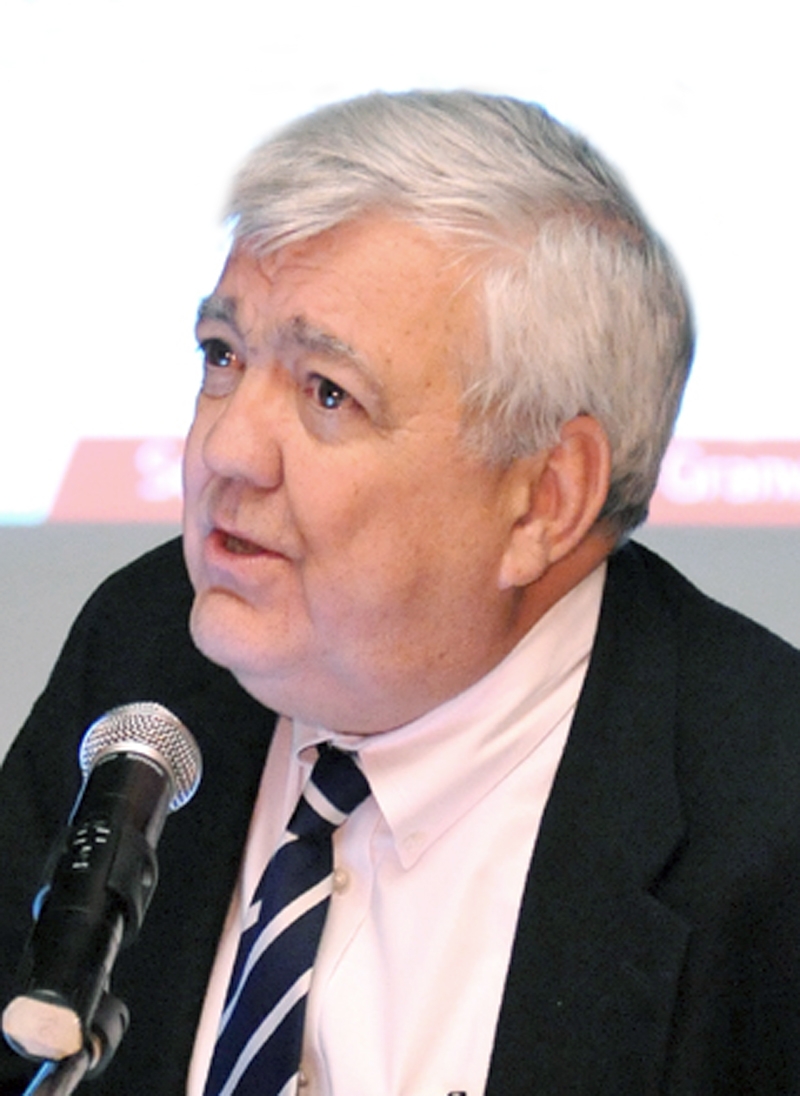
A town woman has been enjoined from operating a motor vehicle and placed on probation for seven years after pleading guilty to vehicular homicide charges following a fatal January 21, 2013 crash on Granville Road in Southwick. (File photo by Frederick Gore)
Officer Bradford Fisk had responded to a report of a car crash in the early hours of Monday, Jan. 21, and had found “a gray colored vehicle over the embankment on the south side of the road, the roof appeared to be caved in over the front compartment of the vehicle entrapping the front seated occupant(s).”
In document filed in Westfield District Court, Fisk reports he found that the driver, Jillian Rolland, 22, of 7 Liberty Lane, was trapped in her seat but the front seat passenger, later determined to Haley N. Tierney, 22, of East Granby, Conn., “did not have a pulse nor was there any respiration present.”
Fisk was able to help the passenger in the rear seat, Jayme Barry, 22, of Simsbury, Conn., exit the 2002 Mazda and observed that she appeared to have “sustained a fractured arm and other non-life threatening injuries in the crash.”
Fisk reported that Rolland “did not speak to me, she could only move her head to answer” as he assured her that an ambulance would arrive soon. He noted that he was “very close to the face and mouth of Rolland and did not detect any smell of alcohol coming from her mouth.” He also noted that she “was having a difficult time breathing” and he could hear “gurgling in her throat.”
Rolland was transported by air ambulance to Baystate Medical Center in Springfield and Barry was taken to the same hospital by ground ambulance for treatment of her injuries.
Tierney was pronounced dead.
Fisk reports that he subsequently spoke with Barry, who had suffered fractures of her arm and wrist, who said that she and Tierney had been together most of the day and had consumed a few beers before they went to a sports bar in town.
There, Barry said, Tierney began drinking more heavily and “at some point late in the evening Jill Rolland went up to her and explained that Haley needed to be driven home.” A bouncer at the bar also told Barry that Tierney needed to go home so she and Rolland decided to take her home and Rolland agreed to drive.
Barry said that she had been in the back-seat and stated “at one point Jill was going a little faster than the speed limit but she was not afraid at all.”
Barry told Fisk “all three were singing and dancing in their seats. She remembers that Jill and Haley were both fooling around with the volume control knob on the vehicles stereo, the next thing she knew the car started to ‘fishtail’.” Barry told Fisk she did not remember much after that, not even remembering speaking with Fisk after she got out of the crashed car.
Fisk also gathered evidence from two persons who had been at the bar.
A bartender who had been working during the afternoon said that she had served Barry and Tierney during the afternoon and, when she went back to the bar in the evening while off duty, said that she had seen them return. She said that she had also seen Rolland enter the bar and said that she knows her only as a customer who “does not drink a lot and usually has a small bar tab.”
Fisk reports that then-Lt. David Ricardi had interviewed a male party who had been at the bar at the same time the three women were there and said that he has known Rolland for about eight years.
He said that he “did not actually see Jill take a drink but assumed she had because they were at a bar.” He said that he saw the three women in a group at the bar but said he did not see anyone who was “clearly” intoxicated. Rolland, he said, “did not appear to be intoxicated, she walked OK and did not have any outward indication that she was drunk.”
Nonetheless, Fisk reports that when a warrant to examine Rolland’s medical records after her treatment was executed her blood alcohol level was reported to be “0.154/0.153.”
Operators are presumed to be impaired with a blood alcohol concentration greater than 0.080.
Rolland was arraigned on two charges of vehicular homicide by negligent operation while operating under the influence of liquor and charges of vehicular homicide by negligent operation, negligent operation of a motor vehicle and operating under the influence of liquor so as to cause serious bodily injury. Last week she appeared before Judge Philip A. Contant in district court.
Neither the two vehicular homicide by negligent operation while operating under the influence of liquor charges nor the charge of negligent operation of a motor vehicle were prosecuted and Rolland pleaded guilty to the charges of vehicular homicide by negligent operation and operating under the influence of liquor so as to cause serious bodily injury.
Contant placed her on probation for seven years for the first charge and two years for the second. He ordered that she remain drug and alcohol free, be subject to testing and prohibited her from operating a motor vehicle. She was assessed $100 and ordered to complete the Brains At Risk program, an awareness and prevention program that was developed by the Brain Injury Association of Massachusetts and links dangerous driving behaviors to the devastating effects of traumatic brain injury.





